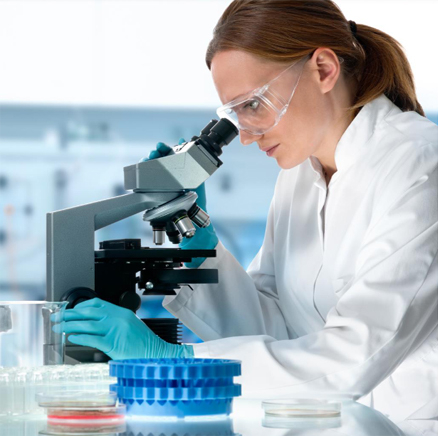Hematopoietic Stem cells in the treatment of Multiple Sclerosis
Source/Disclosures
Stem cell transplantation may treat aggressive MS long term
WEST PALM BEACH, Fla. — Autologous hematopoietic stem cell transplantation had long-term effectiveness for treating aggressive MS, according to results of a retrospective observational study presented at the ACTRIMS Forum.
“The objective was to determine if the bone marrow transplant was effective and safe at long term,” Francis Brunet, of the MS clinic at Ottawa General Hospital in Canada, said during a presentation.
Specifically, Brunet and colleagues sought to examine whether autologous hematopoietic stem cell transplantation (aHSCT) led to durable disease remission and safety by analyzing short- and long-term outcomes from the Ottawa cohort. They retrospectively studied outcomes of 72 patients with aggressive MS who received aHSCT for MS at a single center between October 2001 and February 2021 and who were monitored for at least 6 months. Busulfan plus cyclophosphamide followed by anti-thymocyte globulin post-transplant of a CD34+ selected graft composed the conditioning regimen used for aHSCT.
The number of new clinical relapses following the transplant served as the primary outcome and new MRI lesions, overall survival and safety as the secondary outcomes. Further, researchers examined the relationship between baseline Expanded Disability Status Scale (EDSS) scores and the evolution of the same over time.
Results showed 62 patients had relapsing-remitting MS, eight had secondary progressive MS and two had primary progressive MS, with follow-up ranging between 8 months and 20 years. During the follow-up period, Brunet and colleagues reported no new relapse. They noted there were 206 relapses, or 1.1 relapses per patient per year, pre-transplant, with 195.9 patient-years of follow-up. Further, they noted zero relapses post-transplant, with 288 patient-years of follow-up. No patient received another form of disease modifying treatment.
Brunet and colleagues reported one death 27 days after aHSCT due to sepsis and veno-occlusive disease of the liver. One other patient died of pneumonia 67 months after aHSCT. Although MRI scans were not performed regularly during follow-up, no new lesions were reported post-transplant. Patients with a lower baseline EDSS score more often had EDSS reductions post-transplant. Among 26 patients with baseline EDSS less than five, 13 had improvements in EDSS scores vs. six with a baseline EDSS greater than or equal to five.
“Bone marrow transplant is effective for patients who are adequately selected, and the key is to try to identify which patient will be the best candidate,” Brunet said. “If you have a patient who failed the standard DMT, think about the transplant and evaluate the patient and see if they will have the best outcome or not depending on their situation.”

